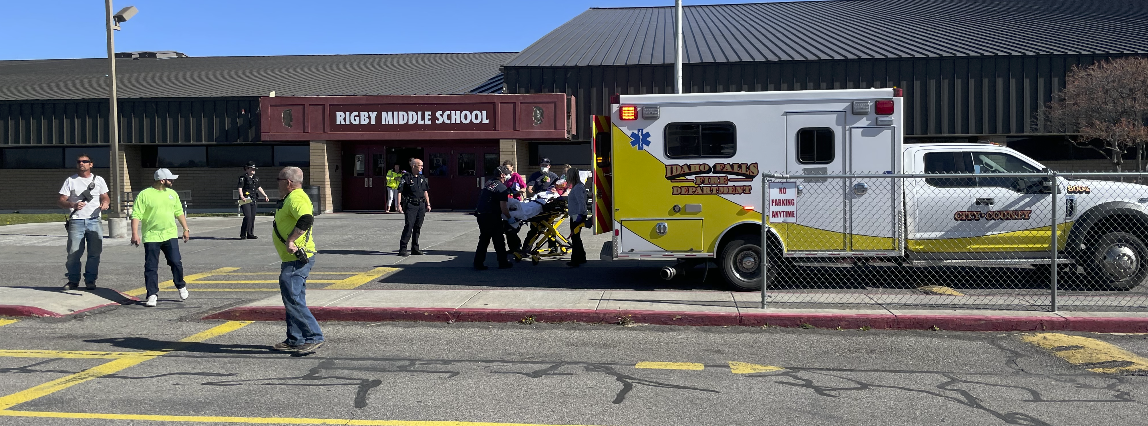
State inspectors try to get out into every school once every three years for a safety assessment.
They didn’t come close to staying on schedule in 2021-22 — because of the COVID-19 pandemic, which disrupted K-12 operations across the state.
All told, the state assessed 152 schools last school year, just one-fifth of Idaho’s 735 schools.
“It’s not where we would like to be,” Mike Munger, the director of the Idaho Office of School Safety and Security, told a state advisory board Tuesday.
The assessments are supposed to provide a school with a look at its potential safety problems: structural problems or flawed procedures and policies that could put students or staff at risk. And the recents assessments provide a good snapshot at the school level, Munger said. But he is reluctant to draw conclusions from the limited data the state has collected.
“I think anecdotally we’ve learned a lot, but certainly the last two years have been very disruptive, and I’d be hesitant to make any broad-reaching recommendations,” he said.
The May 24 mass shooting at an Uvalde, Texas, elementary school has intensified a national discussion over school safety — putting assessments under increased scrutiny. Texas, for instance, conducted flash assessments at its schools after the Uvalde massacre, even though the schools had been inspected in the past.
Munger said he wants Idaho to ramp up its assessments — and he expects the pace to pick up now that schools are back on a normal schedule. But he said it’s training, policies and structural improvements that make a school safer.
“The assessment provides the foundation,” he said.
Some help is on the way, in the form of federal aid approved in the aftermath of the Uvalde shootings.
Idaho will receive $4.8 million from a federal gun and school safety law, passed in June.
The state knows it needs to award the grants through a competitive application process — and direct the money to high-need schools. That could mean a lot of things: a school with a high poverty rate, a school in a community with limited mental health resources, or any number of other metrics.
“There’s still a lot we don’t know yet,” State Board of Education executive director Matt Freeman said.
The Office of School Safety and Security offered up a glimmer of good news Tuesday.
All told, 294 schools across Idaho have signed up for a new school safety tipline, called See Tell Now! Project coordinator Chris Thoms said he expects that number to grow.
Thoms said the program is already making a difference. In four cases, calls to the tipline got help to students who were contemplating suicide. In two cases, he said, classmates called on a student’s behalf. In two other cases, students called directly to get help for themselves.
